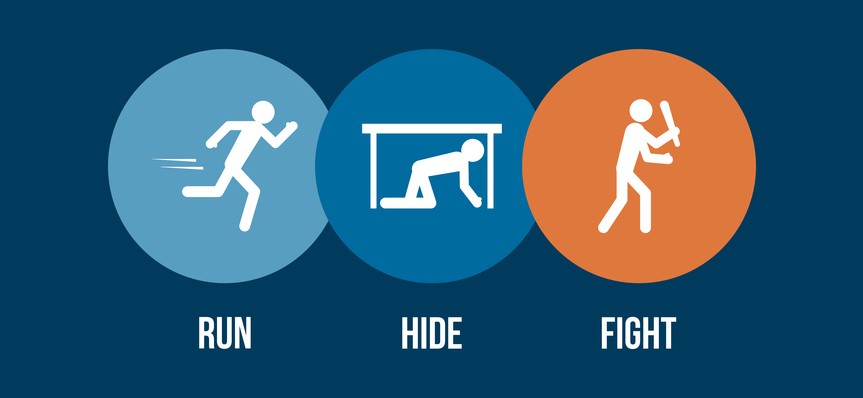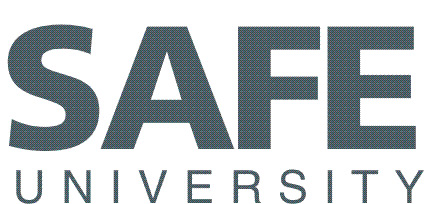Conscientious and well-informed university personnel know that adequate staffing, multi-disciplinary involvement, sufficient resources, appropriate policies, and external support make these incidents less likely to occur—and make leaders more prepared if they do. Safe University (Safe U) partners with you to supplement and enhance your existing security programs by tailoring best practices to your unique situation and campus culture
Your Background Investigations Need to Do More Than Check and Screen
After conducting numerous engagements in both the private and public sectors, I repeatedly find that the top concern of my clients is protecting the personal safety of their people and the integrity and legacy of their brand. And as one way to safeguard your company, assets, reputation, and, most importantly, your people, a dynamic background investigation strategy in the hiring process offers a holistic security vision designed to protect against unnecessary vulnerabilities and built upon industry best practices.
When you make the decision to bring someone into the workplace, you need to know that you’ve taken advantage of the necessary resources and appropriate subject matter expertise to fully investigate that individual’s background—so that the people who work for you are the right people to represent you and your organization. You can mitigate exposure of your employees and visitors to potential workplace violence by exercising diligence through a thorough examination into someone’s professional and personal history.
Background Investigation Strategy
As the foundation for your strategy, you want to maximize the most comprehensive and effective combination of background, due diligence, and investigative disciplines available that go beyond cursory background checks. We base our recommended background investigation methodology on best practices, previous experiences, and ongoing research to stay up-to-date on emerging trends and innovative measures in the industry—so we can help you ensure that your background investigation strategy complements the overall security strategy you have in place to protect your people, property, and investment.
Building a Solid Framework
Because background investigations require systematic processes that can effectively and efficiently screen candidates for management and/or sensitive positions, companies must focus on the processes needed to coordinate these activities. You’ll want to tailor your background investigation program to best meet your security, safety, and risk mitigation needs and, at the same time, fit your culture.
This begins by building a framework that engages three crucial steps to collectively establish a background investigation strategy:
- Defining the scope and nature of the elements to be investigated, which will include the verification and investigative due diligence processes applicable to standard and enhanced background screening categories.
- Establishing a decision-making matrix that can be applied across your organization in a consistent manner.
- Relying on a collaborative effort to identify and define the final components of your program. In other words, you need to determine what categories will be investigated such as criminal, civil, work history, education, references, Internet, social media, and drug testing.
Leave No Stone Unturned
An enhanced background investigation can be performed on executive level employees or applicants and employees being considered for hire or promotion in certain positions involving (1) access to confidential, sensitive, or proprietary information, such as financial, tax, or personnel information; (2) cash management, accounting, or inventory control functions; or (3) a high degree of trust and confidentiality. You can also consider other investigative tools such as personal interviews with the applicant’s professional and personal acquaintances, private investigations, drug and health testing, and psychological assessments.
A comprehensive background investigation includes a spectrum of criminal, civil, and due diligence inquiries. In addition to the areas covered in a standard background screening, an enhanced background screening includes, but is not limited to:
- Asset Search, Bankruptcy
- Liens and Judgments
- Employment Credit Report
- Federal National Civil Search
- Media Search
- Military Service Verification
- Professional References
- Social Media Query
- Internet Open Source Material
Not a “One Size Fits All” Proposition
Every organization presents its own unique environment, along with specific needs and concerns. A background investigation for a financial services client will be different than a higher education institution. Because there is no standardized template for a tailored background investigation, you will need to adjust the scope of these services based on factors such as your geographic location, workplace violence incidents, labor unrest, and company expansion. For a background investigation to be comprehensive, it needs to understand both the needs of the client and the organization’s culture.
We can design a background investigation strategy that’s right for your culture and, most importantly, protects your most valuable assets—people. Our experiences in the private sector offer an independent voice, benchmark best practices in background investigations, and share the necessary insight and hands-on advice that lead to tangible results to ensure a comprehensive background investigation course of action.





 When the safety of your people is one of your top priorities and your college’s reputation is one of your most valuable assets, you’ll do whatever it takes to provide a safe environment for your students, staff, and visitors. High profile incidents such as mass shootings and sexual attacks at several universities have put the topic of campus crime in the public eye today more than ever before.
When the safety of your people is one of your top priorities and your college’s reputation is one of your most valuable assets, you’ll do whatever it takes to provide a safe environment for your students, staff, and visitors. High profile incidents such as mass shootings and sexual attacks at several universities have put the topic of campus crime in the public eye today more than ever before.
